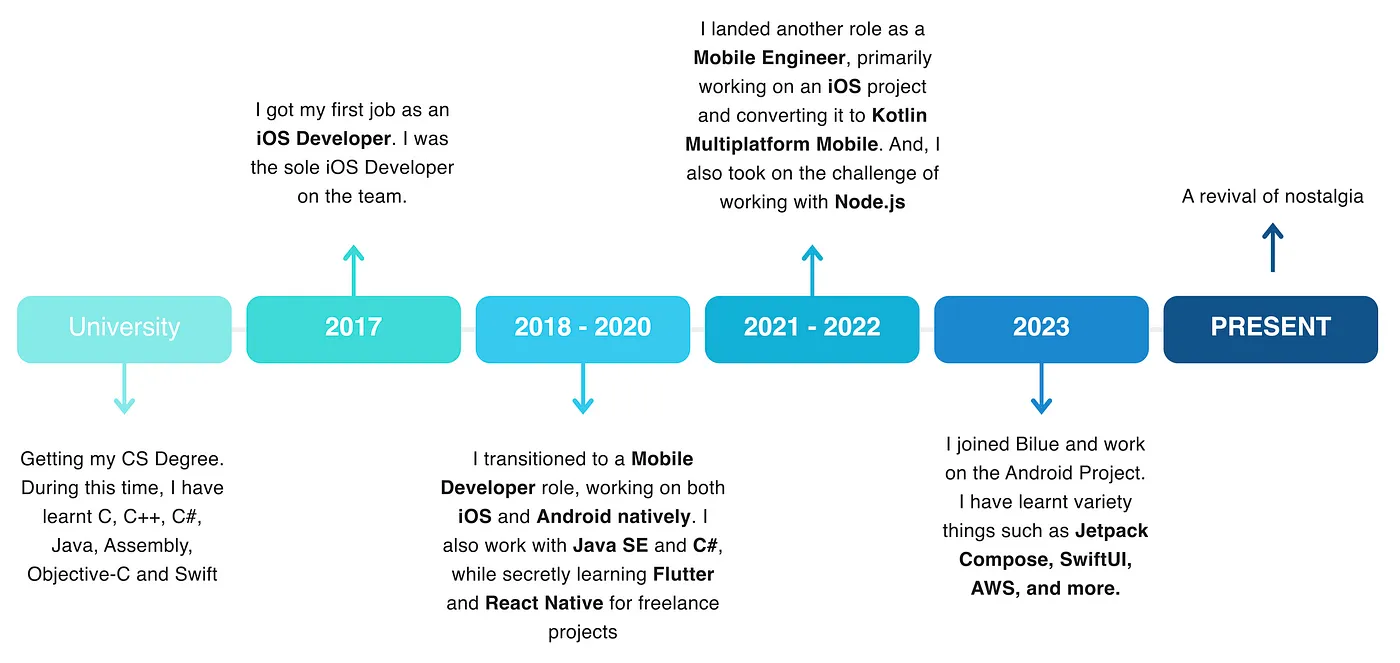Mastering Multilingual Coding between languages - multilingual languages

Imagine waking up in a foreign country where you don't speak the language. Everything seems unfamiliar the words, the signs, even simple interactions. But as you observe, you realise that communication still follows the same structure: people greet each other, ask for directions, and order food. The meaning is the same it's just the words that change.

Now, what if programming worked the same way? What if you had to code in Khmer, Mandarin, Spanish, Arabic, or any language you’ve never encountered before? Would you still be able to understand the logic behind it?
The truth is, learning a new programming language isn’t about memorising syntax it’s about recognising the universal concepts that exist across all languages. Once you understand the core principles, switching between Swift, Kotlin, JavaScript, or Dart becomes as natural as translating a sentence between languages.
So, what does it really mean to code in a different language?
My Journey Through Multiple Programming Languages: A Timeline of Growth

I started my journey in university, learning foundational programming languages like C, C++, Java, and Swift. In 2017, I became an iOS developer the only one on my team deepening my expertise in Swift and Objective-C. From 2018 to 2020, I expanded into Android development, learning Kotlin while secretly exploring Flutter and React Native for freelance projects. By 2021, I took on a new challenge, working with Kotlin Multiplatform Mobile (KMM) and diving into backend development with Node.js. In 2023, I joined Bilue, focusing on Android and mastering Jetpack Compose. Now, looking back, I realise that every language and platform taught me something valuable coding is about understanding concepts, not just syntax.
And if anyone’s wondering I’m currently working on an iOS project, happily smiling at every language I’ve written along the way.
Looking back at my journey, I realise that each programming language I’ve learnt wasn’t an entirely new skill it was just a different way of expressing the same fundamental concepts. Whether it was Swift, Kotlin, JavaScript, or even backend development, the core principles remained the same.
Just like spoken languages share grammar rules, programming languages share variables, loops, functions, and data structures. The syntax may differ, but the underlying logic remains consistent. Once you understand the structure, picking up a new language becomes much easier.
So, what exactly makes programming languages universal?
The Core of All Programming Languages
Programming languages may look different at first glance, but beneath the surface, they share the same foundational principles. No matter what language you use Swift, Kotlin, JavaScript, or Dart the logic that drives them remains consistent.
Key Universal Concepts:
- Variables — Store and manage data.
- Loops — Automate repetitive tasks.
- Functions — Encapsulate reusable logic.
- Data Structures — Organise and manipulate information efficiently (arrays, dictionaries, trees, etc.).
These are the building blocks of programming, much like how nouns, verbs, and sentence structures exist across all human languages.
- Swift and Kotlin are the most alike, making transitioning between them easy.
- Ruby is dynamic and flexible, making it concise but slightly different in iteration.
- Elixir is the most different, requiring a functional paradigm rather than a standard loop.
I’d love to go deeper, but if we do, this article would never end.
Despite syntax differences, the core logic stays the same loops, functions, and print statements work similarly across languages.